Alfalfa sprouts, the tender shoots of the alfalfa plant, have long been a favorite in salads, sandwiches, and garnishes, prized for their nutritional benefits and crunchy texture. However, there are genuine concerns about the safety of consuming raw alfalfa sprouts. Many would ask, "Are alfalfa sprouts dangerous?" due to the risk of foodborne illnesses.
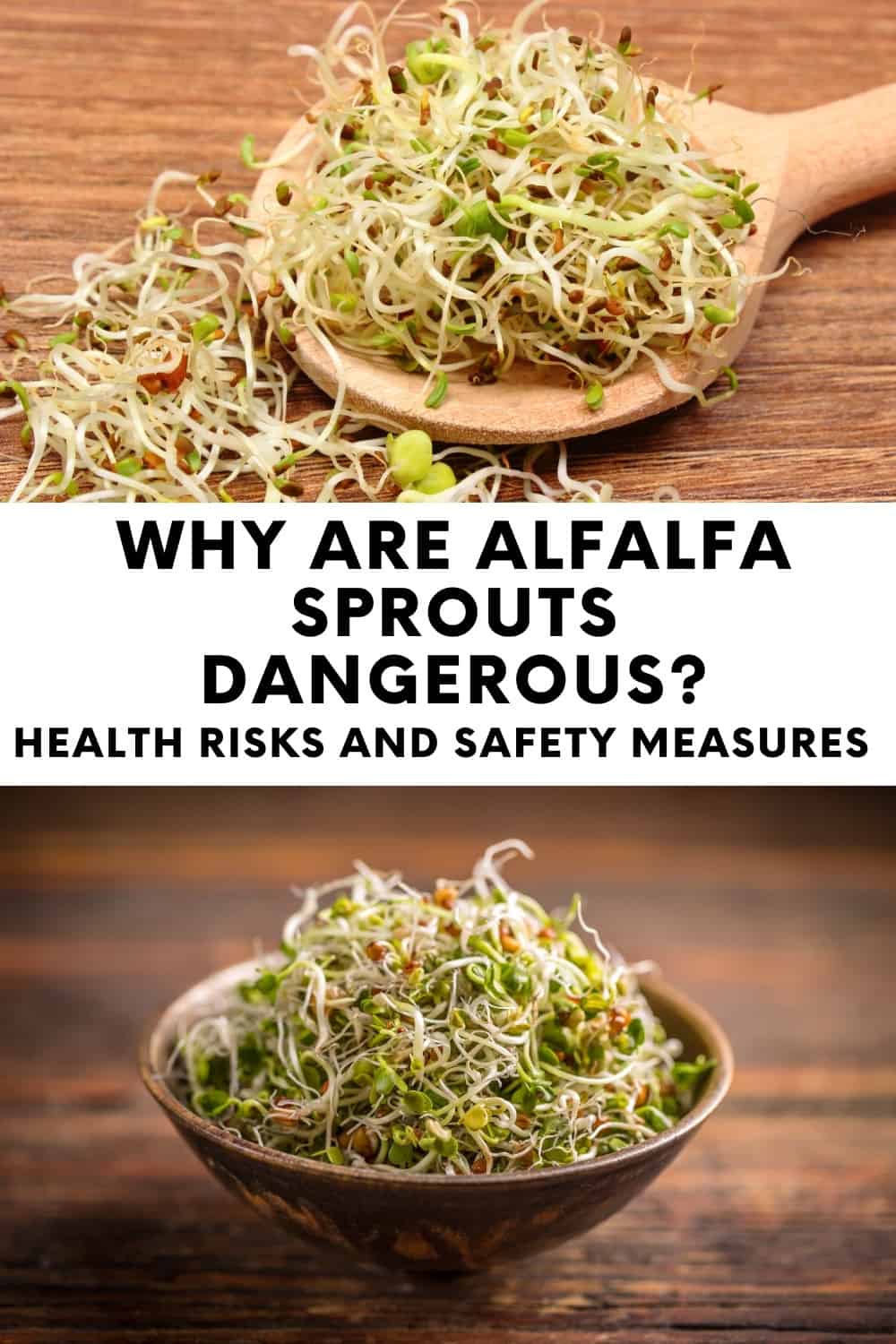
These concerns stem from the fact that the warm and humid conditions ideal for growing sprouts are also perfect for the proliferation of bacteria, which have been linked to numerous cases of food poisoning. Proper handling and preparation can mitigate some risks, but the debate on the safety of eating raw sprouts persists.
Jump to:
In a Nutshell
- Alfalfa sprouts are nutritious but pose a food safety risk.
- They can be a vehicle for foodborne pathogens like Salmonella and E. coli.
- Care in handling and preparation of alfalfa sprouts is crucial to minimize risk.
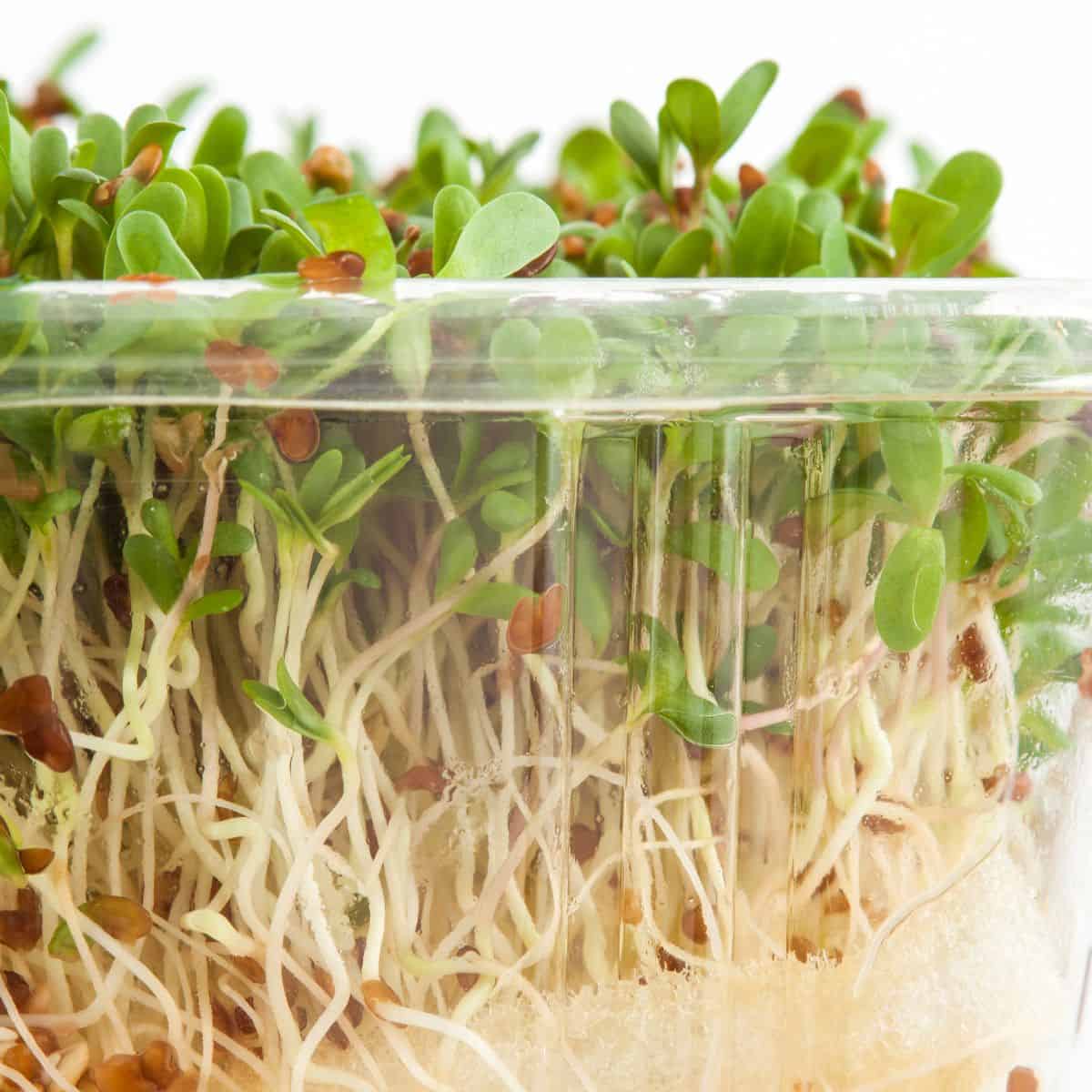
Alfalfa Sprouts and Food Safety Concerns
Over the years, they have been associated with several food safety concerns due to their role in outbreaks that cause severe gastrointestinal distress.
Common Contaminants in Sprouts
Alfalfa sprouts may become contaminated with harmful bacteria during the germination process. These bacteria thrive in warm, moist conditions that are optimal for sprouting seeds. Contamination can also originate from irrigation water or animal manure used as fertilizer.
Outbreaks and Regulatory Response
Since the '90s, there have been multiple outbreaks of foodborne illness linked to sprouts. For instance, a notable outbreak of Salmonella in December 2010 prompted regulatory actions.
The Food and Drug Administration has since issued guidelines to improve the safety of sprouts through methods like seed disinfection and testing of the water used for irrigation.
High-Risk Groups and Consumption Advice
Individuals with weakened immune systems, like pregnant women, should be cautious. Consumption of raw sprouts by these high-risk groups is not recommended due to the possibility of salmonella infections or other food-related illnesses, which can lead to severe symptoms such as diarrhea.
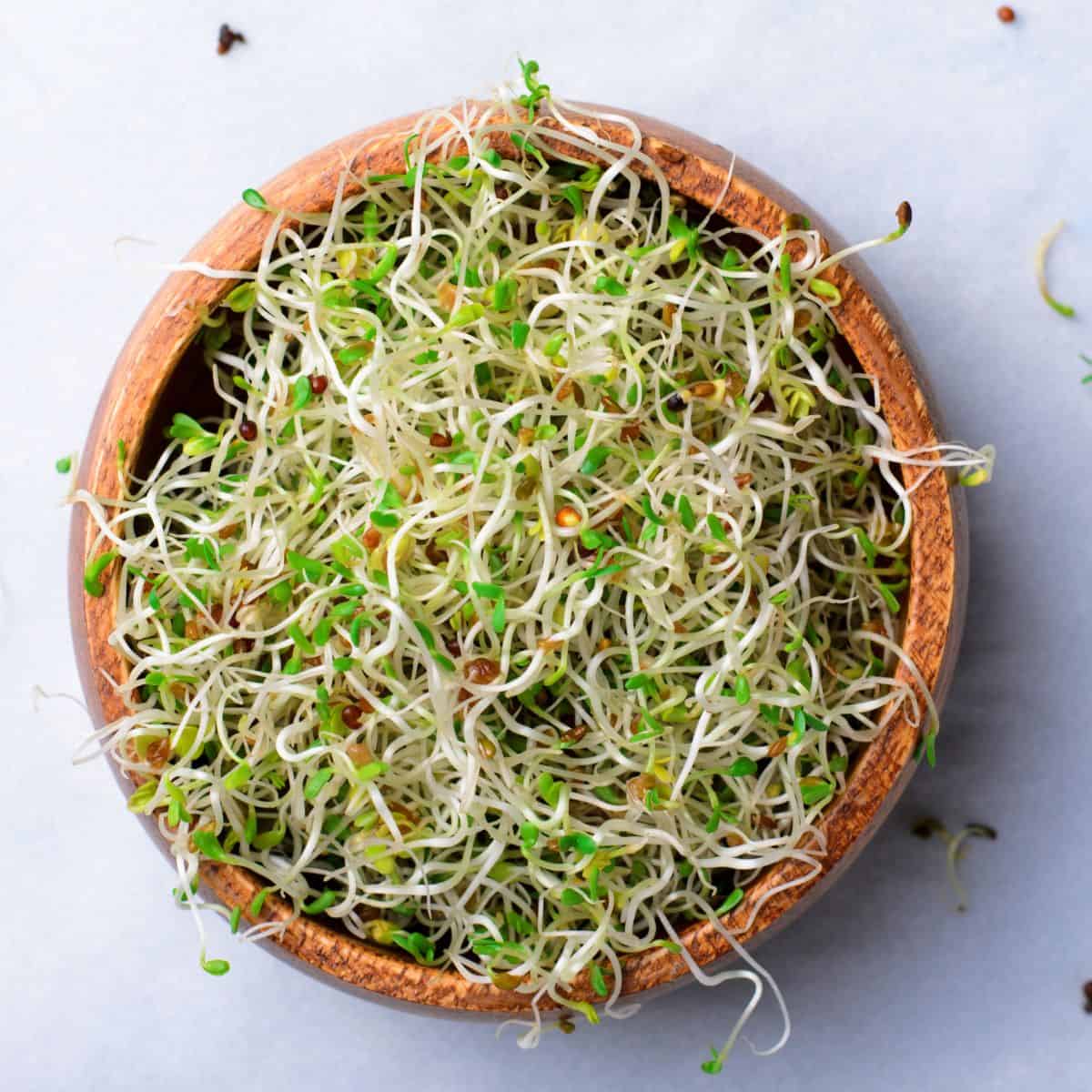
Risks Associated with Raw Sprout Consumption
Alfalfa sprouts, commonly consumed for their nutritional benefits, may pose health risks when eaten raw due to the potential presence of harmful bacteria.
Microbial Hazards from Raw Sprouts
The moist and warm conditions ideal for sprouting alfalfa seeds are also conducive to the growth of pathogens such as Salmonella, E. coli, Listeria monocytogenes, and Bacillus cereus.
These harmful bacteria can lead to serious foodborne illnesses, particularly in individuals with weakened immune systems.
Symptoms and Preventive Measures
Consumption of contaminated sprouts can result in symptoms ranging from mild gastrointestinal distress to severe health conditions, including fever, vomiting, and diarrhea.
The CDC recommends thorough cooking of sprouts to reduce the risk of illness. Prevention efforts also include adherence to FDA regulations and inspection protocols by sprout growers to mitigate microbial hazards.
Recent Studies and Health Advisories
Public health advisories have highlighted sprouts as high-risk foods due to recurrent outbreaks. In response to such incidents, the FDA and CDC continue to evaluate and update safety protocols to assist in disease control and prevention. These agencies advise consumers on the risks of raw sprouts and guide producers in implementing safe sprouting practices.
Best Practices for Handling Sprouts
To minimize the risk of food poisoning, proper handling, and preparation of alfalfa sprouts are imperative. This includes thorough rinsing before consumption and opting to cook sprouts to destroy potential bacteria. Food establishments should ensure their sprouts come from producers who follow strict safety guidelines.
Germinating Seeds Safely at Home
For enthusiasts who opt to germinate seeds at home, there are safety measures to follow: Use clean water for irrigation, handle seeds with clean hands, and ensure your sprouting containers are sterilized. One can also consider home disinfection options, although these may not guarantee complete safety.
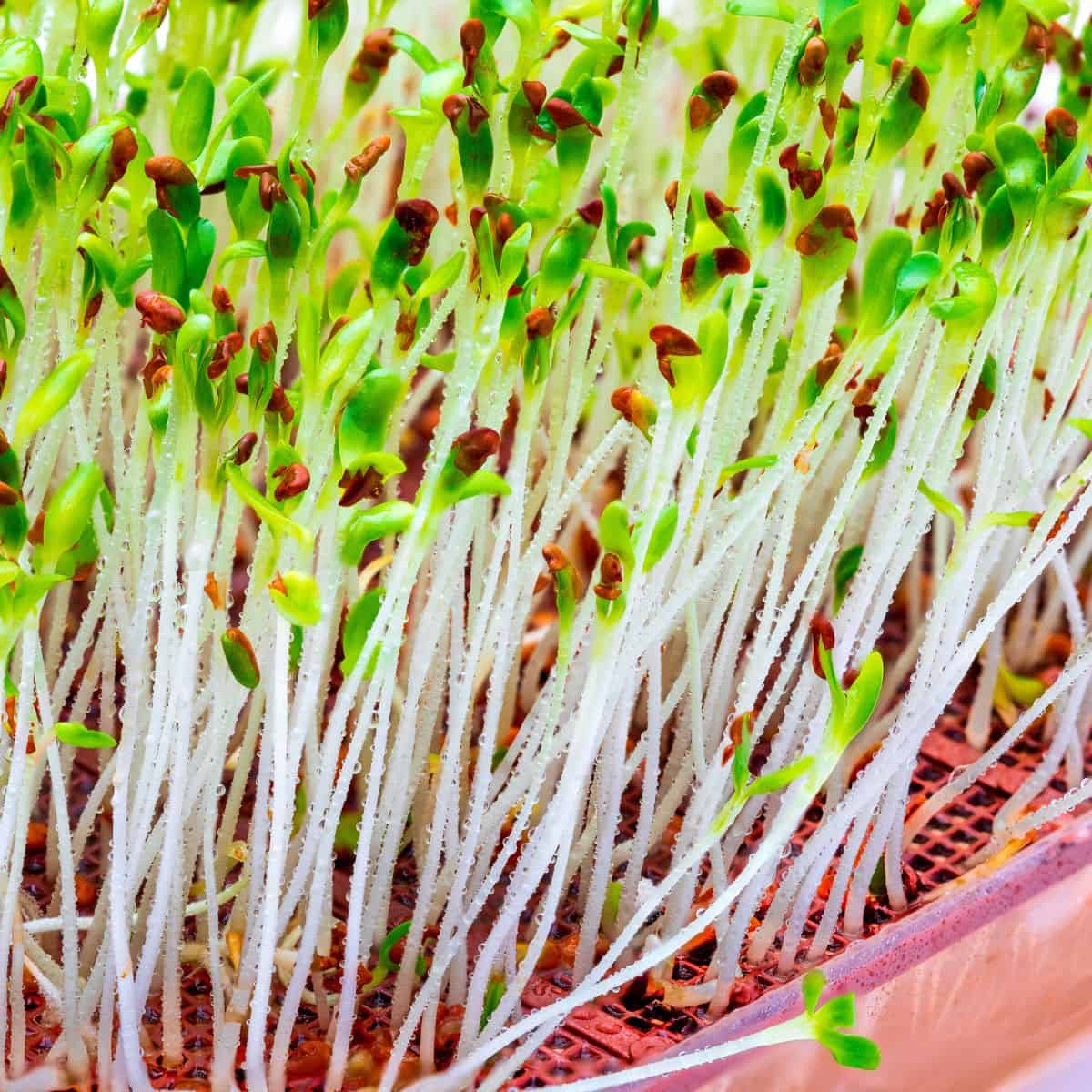
Nutritional Profile of Alfalfa Sprouts
On one hand, the nutritional profile of alfalfa sprouts is appealing. They are low in calories and contain vitamins and minerals that are beneficial to health. These qualities make them a sought-after addition to a balanced diet.
On the other hand, the potential dangers associated with their consumption cannot be ignored. The sprouts can harbor harmful bacteria that are especially risky for the elderly and infants.
Vitamins and Minerals in Alfalfa Sprouts
Alfalfa sprouts are a robust source of essential vitamins and minerals. They are particularly high in vitamin K, which is crucial for blood clotting and bone health. Additionally, they provide a good amount of vitamin C, an antioxidant that supports the immune system.
Alfalfa sprouts also contain vital minerals like manganese, copper, and folate. Other minerals such as calcium and magnesium contribute to the nutritious profile of these sprouts, which are derived from sprout seeds and include varieties such as radish, broccoli, clover, and cress.
Caloric Value and Dietary Contribution
Like sprouts from other beans and vegetable sprouts, such as soy, dill, lentil, and cress, alfalfa sprouts are also considered low-calorie. They add few calories to the diet but a significant amount of nutrition. Along with vitamins and minerals, alfalfa sprouts provide dietary fiber yet contain minimal fat.
Consuming raw alfalfa sprouts or raw sprouts in general, can contribute high levels of nutrients to one's diet without excessive calorie intake.

Incorporating Alfalfa Sprouts into Your Diet
Alfalfa sprouts offer a crunchy texture and a mild nutty flavor that can enhance a variety of dishes. Their nutritional benefits make them an excellent addition to a balanced diet, and they can be stored and prepared in multiple ways.
Recipes and Cooking Methods
Alfalfa sprouts can be used fresh in sandwiches and salads to add a crisp, nutritious element. For a simple yet delightful sandwich, one can layer sprouts with slices of cucumber, tomato, and a spread of Dijon mustard.
Similarly, tossing alfalfa sprouts into a garden salad introduces both texture and valuable nutrients. Although typically served raw to preserve their delicate structure and nutrients, alfalfa sprouts can also be briefly added to stir-fries, which should be done swiftly to avoid overcooking.
Selection and Storage of Sprouts
When selecting alfalfa sprouts at the grocery store, look for sprouts that are crisp and green. Avoid any that appear slimy or discolored, which can indicate spoilage.
For optimal freshness, store alfalfa sprouts in the refrigerator, ideally in a container that allows for air circulation. They should be consumed within a few days to enjoy their full flavor and nutritional profile.















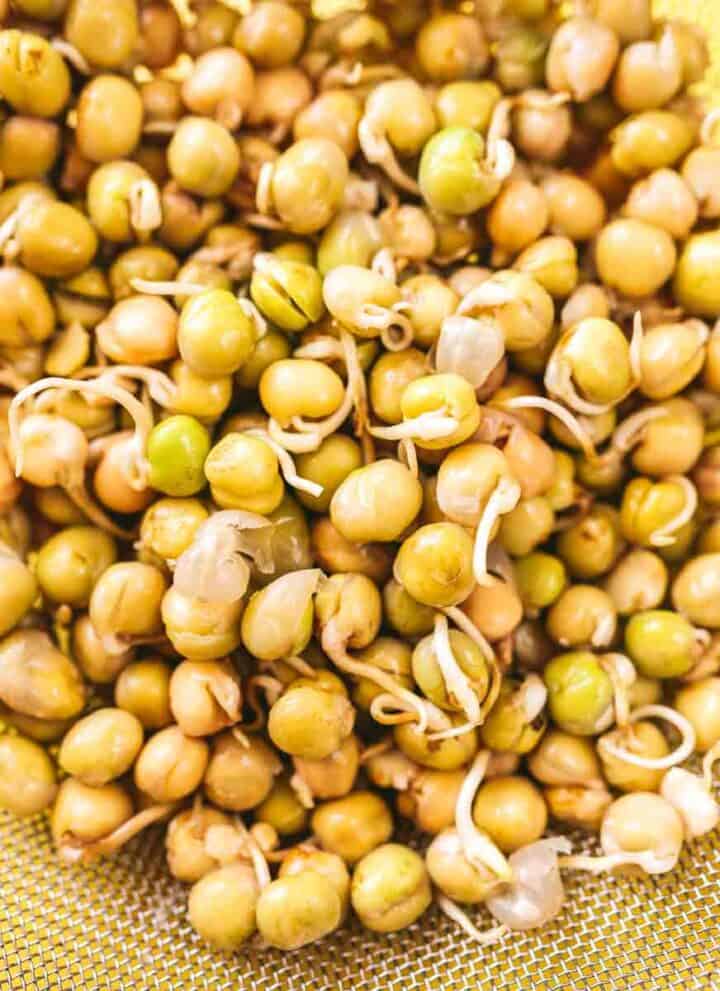
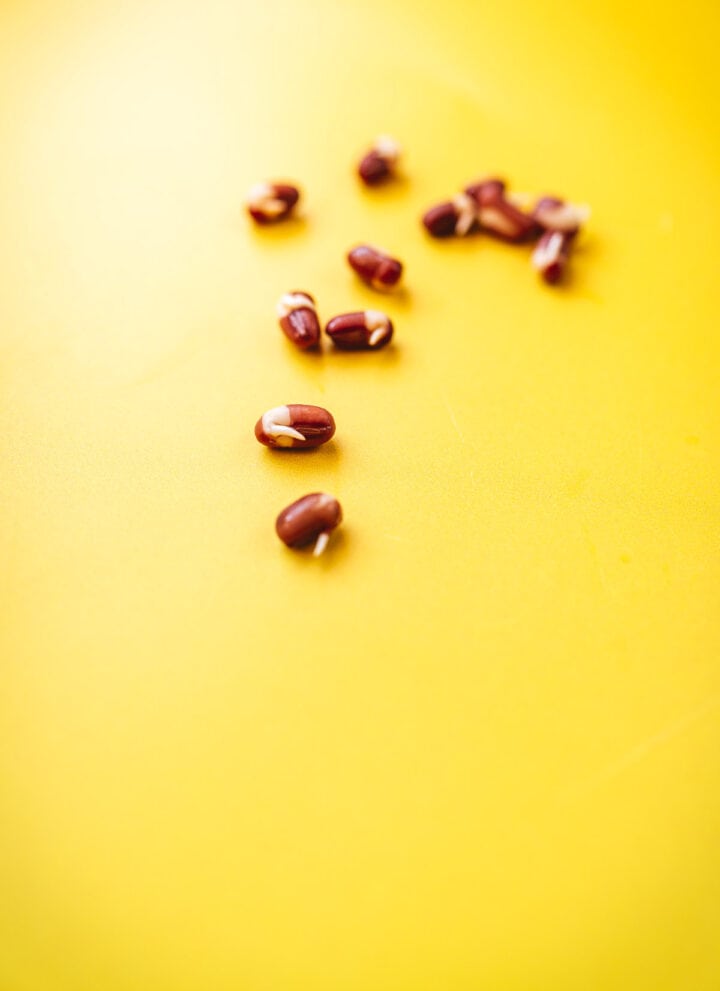
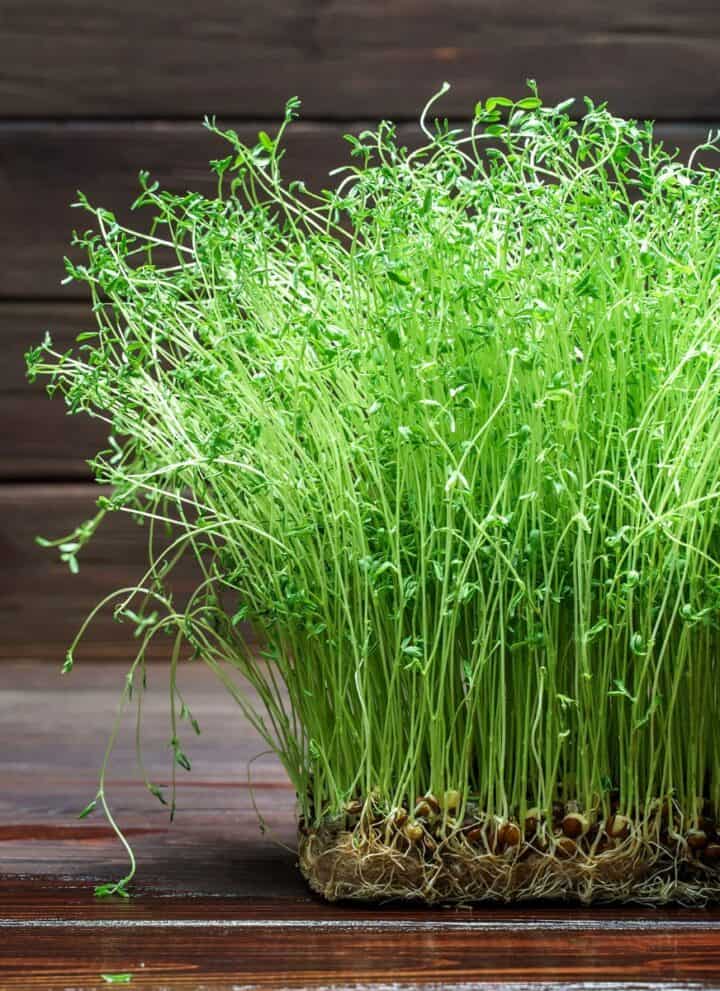
Comments
No Comments